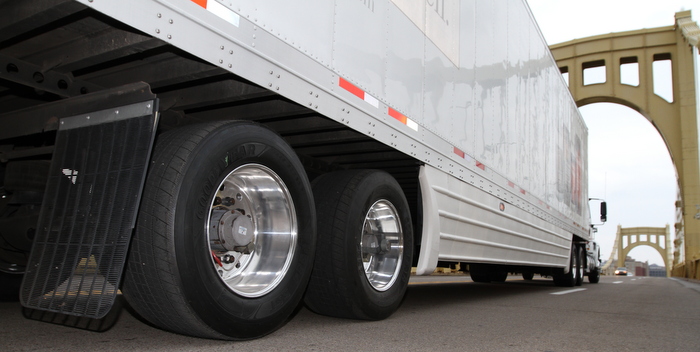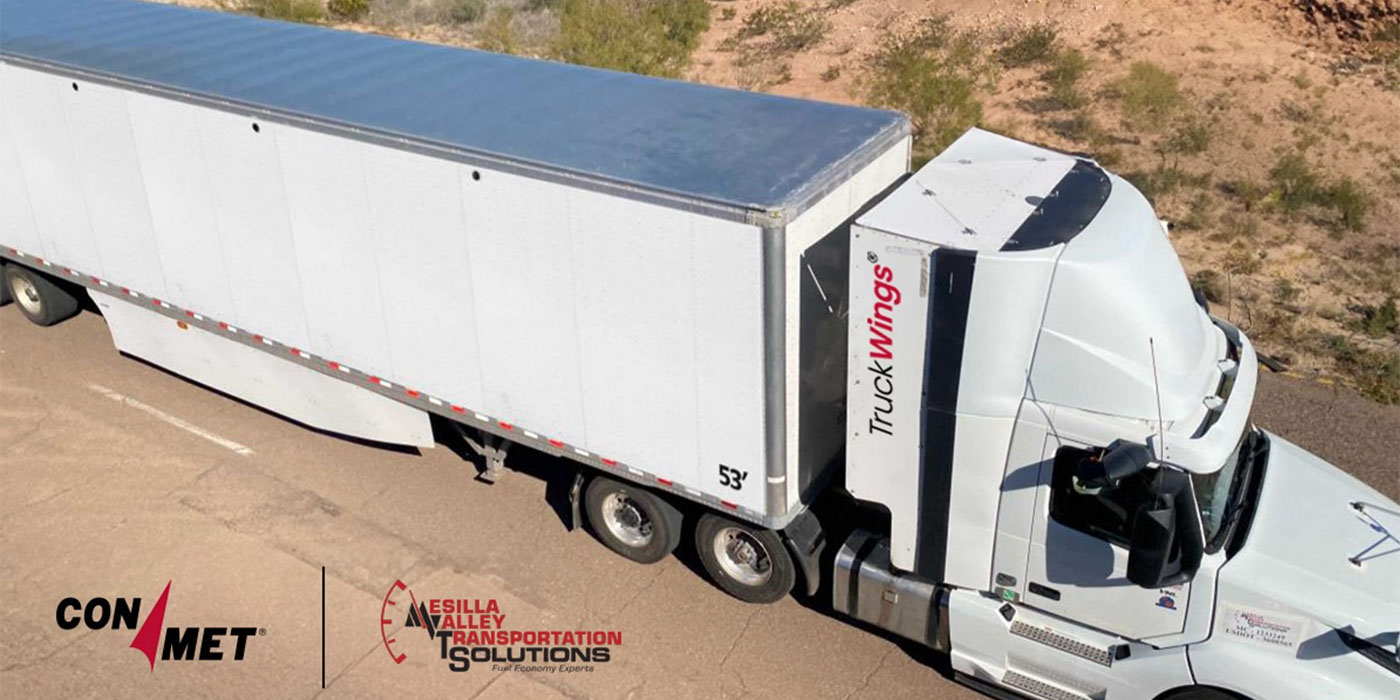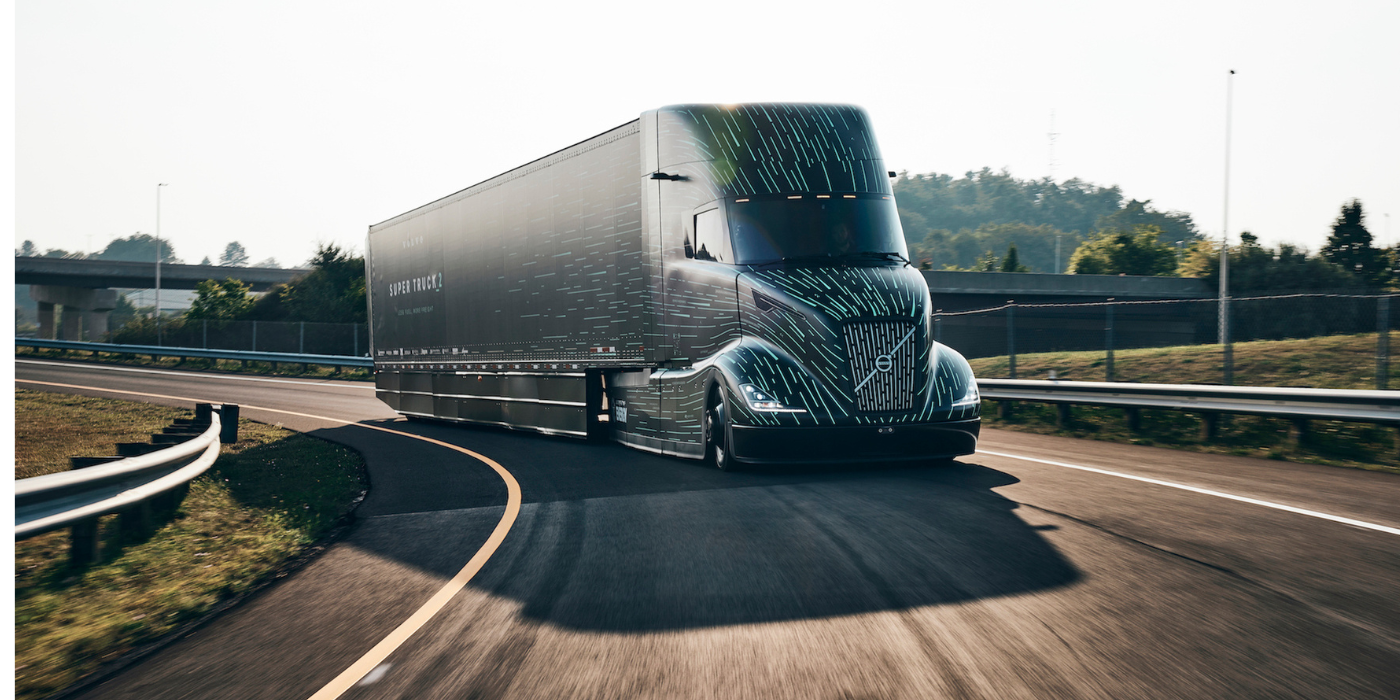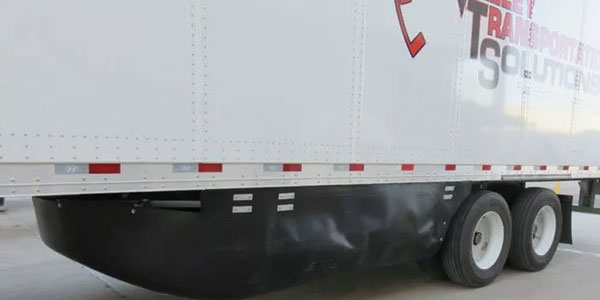I haven’t purchased an incandescent light bulb for years. When compact fluorescents first came out, I purchased several varieties to evaluate. When they didn’t live up to their marketer’s claims, I began purchasing LEDs. I know LEDs are expensive, so I only purchase them when they’re on sale. I realize the payback period may be more than one to two years, but, if I’m right, I will save hundreds of dollars in electricity costs over their lifetimes. Thus far (two to three years), no LEDs have failed.
What does this have to do with trucking? I recently read about a fleet that designed what it thought was a better trailer side fairing. The fleet went to a fairing manufacturer to have it made and tested. The fleet’s idea proved sound and its new fairings saved significantly more fuel than commercially available designs. The inventive fleet is to be congratulated.
This type of action should prove two things: First, this project could have easily been killed by those who say these new fairings would make it difficult to perform tire maintenance. I’ll bet we’re smart enough to figure out ways around this issue.
Secondly, if we wait for manufacturers and/or the government to do all our R&D for us, we will leave millions of dollars of profit on the table. Big guns like Ryder, UPS and Walmart don’t wait because they know every good idea will save them significant operating costs compared to competitors that don’t take action.
We all get ideas, from the chief executive officer down to the shop floor. What if we make a concerted effort to consider each idea as if it came from our engineering departments? Sure, there’ll be duds, but every good idea could give us a slight competitive advantage. Did you realize that an out-of-work banker invented Tabasco sauce? He made millions. How about Clessie Cummins? I’d say he did okay with his idea.
Here’s some food for thought: I spoke with a major truck maker’s aerodynamicist years ago, and he told me the shape of the front corners on a trailer and the gap between the tractor and the trailer had the greatest effects on line-haul fuel economy. Then, I remembered that trailers used to have a very rounded front.
What if we utilized trailers with rounded front corners and used the wasted space for things such as refrigeration units, etc.? This would allow us to significantly reduce the gap between the tractor and trailer and increase loading on front tires. I realize we will have to come up with different pallets that can be used in the rounded front section, but I’ll bet someone can figure it out.
Racers minimize the amount of air going under their bodies to reduce drag and lift thereby increasing speed. This idea could also be used to improve the fuel economy of trucks if the temperature of transmissions and drive axles could be controlled. On my 1953 Studebaker street rod, I mounted an air-to-air transmission fluid cooler alongside the radiator to maximize its effectiveness. It works beautifully. NASCAR racers pump fluid from their differentials to coolers mounted behind the driver to control fluid temperatures. Nothing generates more heat than a relatively small pinion spinning at 9,500 RPM.
I’m beginning to think about cab-over trucks. I think it might be easier to shape the air around cab-overs than it would be for conventional tractors. Look at the curved front ends of Bonneville racers, drag racers and new automobiles. I’ll bet there’s an idea or two that can be gleaned by studying the curved shapes of these vehicles. I’m too old and lazy to do anything about these ideas, but, if you should try something and it works, I would like a share of the savings—or at least a free lunch.














